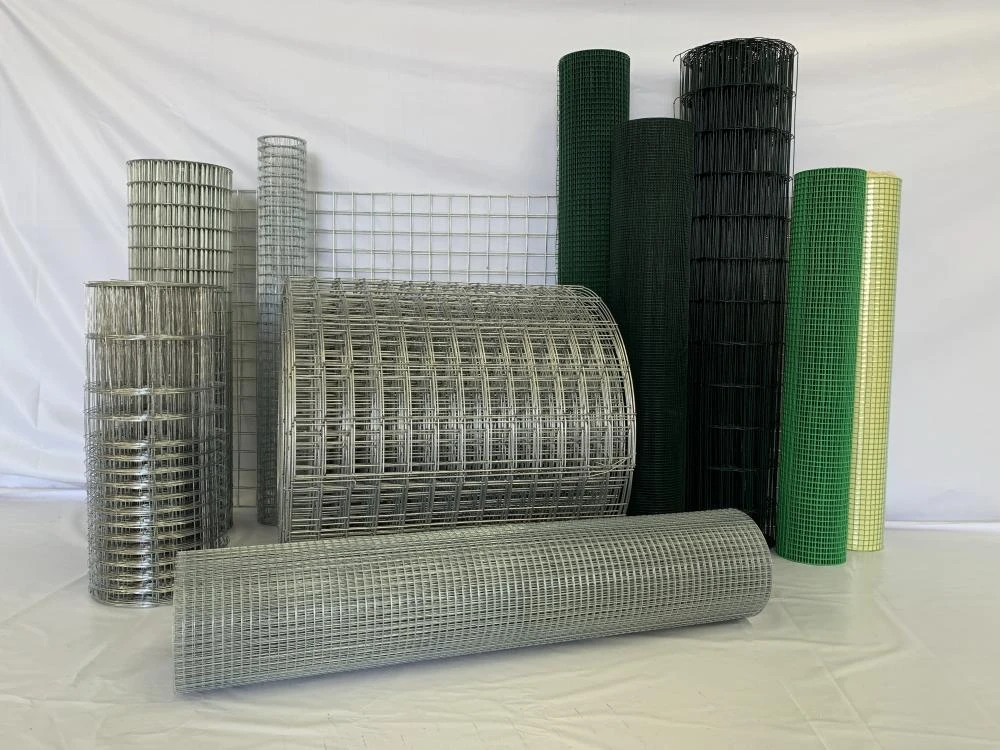Welded Wire Mesh Panel Dimensions and Specifications for Various Applications
Understanding Welded Wire Mesh Panel Sizes A Comprehensive Guide
Welded wire mesh panels are essential components in a variety of construction, industrial, and agricultural applications. They offer strength, durability, and versatility, making them suitable for everything from fencing to reinforcement in concrete. However, when selecting welded wire mesh panels, understanding the sizes and specifications is crucial for ensuring that the right product is chosen for the intended use. In this article, we will explore the various factors influencing the sizes of welded wire mesh panels and their applications.
What is Welded Wire Mesh?
Welded wire mesh consists of a grid of wires that are welded together at regular intervals, forming squares or rectangular openings. It is manufactured from a range of wire sizes and materials, including galvanized steel or stainless steel, to enhance its corrosion resistance and overall longevity.
Standard Sizes of Welded Wire Mesh Panels
Welded wire mesh panels come in various standard sizes. The most common dimensions include panels that are 36 inches wide by 72 inches long, and 48 inches wide by 96 inches long. These dimensions can be adjusted based on specific project requirements. Additionally, panels can be found in both rectangular and square forms, with opening sizes typically ranging from 1 inch to 6 inches, which impacts their strength and application.
Factors Influencing Panel Size
1. Application Requirements Different applications necessitate different sizes, including the spacing of the mesh, the weight load it must support, and environmental factors. For instance, a panel used for fencing may require smaller openings to keep animals contained, while one used for concrete reinforcement may focus more on the load-bearing capacity.
welded wire mesh panel sizes

2. Material Type The choice of material also influences the size and strength of the welded wire mesh. Galvanized panels are popular for outdoor use due to their resistance to rust and corrosion, while stainless steel mesh is preferred for areas requiring a higher degree of hygiene, such as food processing.
3. Local Regulations Certain building codes and regulations might dictate specific sizes for welded wire mesh used in construction projects. It's important to consult these standards to ensure compliance and safety.
4. Customization Needs For projects with unique specifications, many manufacturers offer custom sizes that cater to specific needs. This flexibility allows for optimization in both performance and aesthetics.
Common Applications
Welded wire mesh panels are used in various fields, including
- Fencing Used widely for security fencing around properties, livestock enclosures, and garden barriers. - Construction Often utilized in concrete slabs and walls as reinforcement, helping to enhance structural integrity. - Agriculture Essential for creating cages for poultry, garden trellises, and as barriers to keep pests away. - Industrial Uses Employed in the manufacturing sector for safety barriers, racks, and storage solutions.
Conclusion
Selecting the right welded wire mesh panel size is pivotal in ensuring its effectiveness and efficiency in your project. Understanding the standard sizes available, the factors that influence these dimensions, and the specific applications will help guide your decision-making process. Whether you're looking to create a strong fence, support a concrete structure, or improve agricultural practices, welded wire mesh panels offer the versatility needed to meet your demands. By considering the unique aspects of your project and consulting with manufacturers, you'll be well-equipped to choose the perfect size and type of welded wire mesh for your needs.
-
Why Choose a Wire Mesh Fence for Your PropertyNewsApr.09,2025
-
The Versatility and Strength of Wire MeshNewsApr.09,2025
-
The Strength and Durability of Galvanized WireNewsApr.09,2025
-
The Essential Guide to Iron NailsNewsApr.09,2025
-
The Benefits of Welded Wire Mesh PanelNewsApr.09,2025
-
Reliable Roofing Solutions with Roofing NailsNewsApr.09,2025




